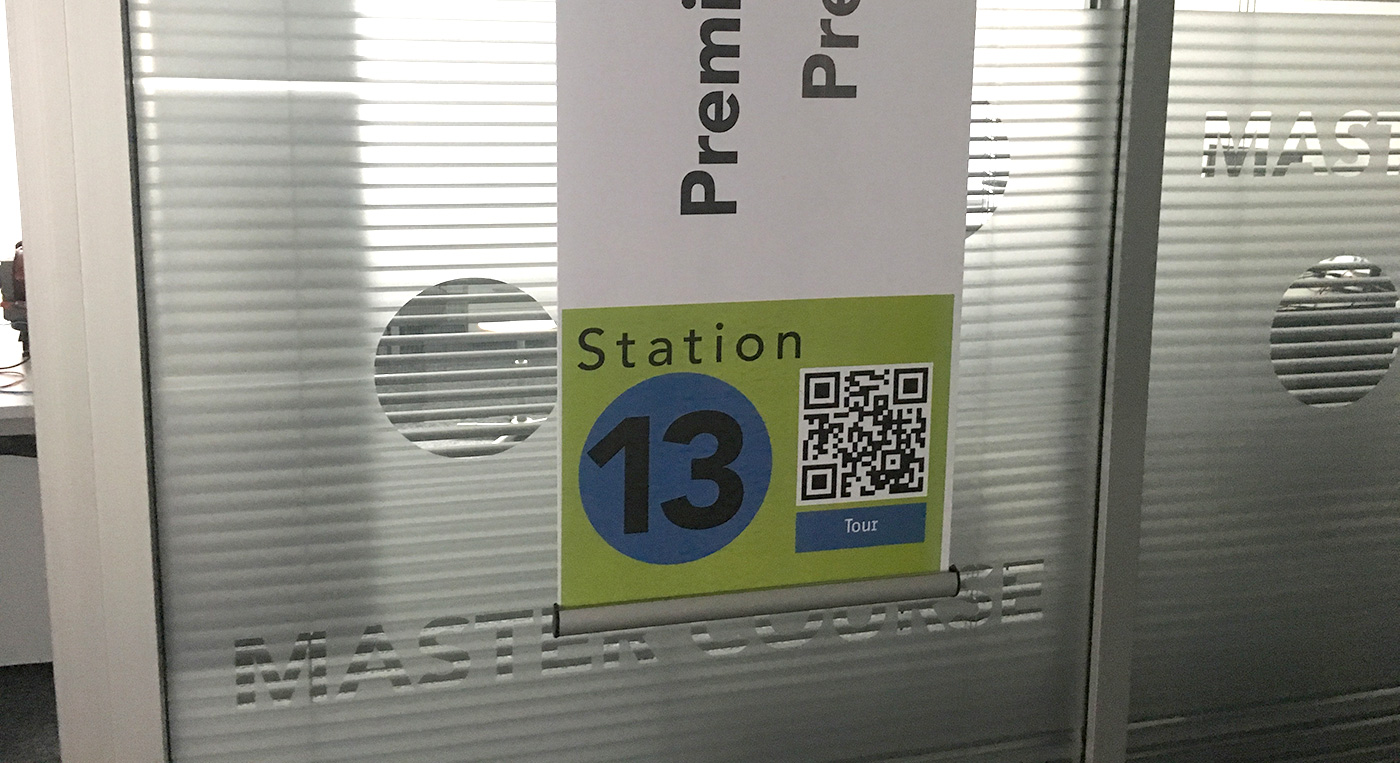Station 14: Digital classroom

Helium Neon laser, basic set
P2260701
The difference between spontaneous and stimulated emission of light is demonstrated. The beam propagation within the resonator cavity of a He-Ne laser and its divergence are determined, its stability criterion is checked and the relative output power of the laser is measured as a function of the tube’s position inside the resonator and of the tube current. The following items can be realised with advanced set 08656-02. By means of a birefringent tuner and a Littrow prism different wavelengths can be selected and quantitatively determined if a monochromator is available. Finally you can demonstrate the existence of longitudinal modes and the gain profile of the He-Ne laser provided an analysing Fabry Perot system is at your disposal.
Recording and reconstruction of holograms with the optical base plate
P2260300
In contrast to normal photography a hologram can store information about the three-dimensionality of an object. To capture the three-dimensionality of an object, the film stores not only the amplitude but also the phase of the light rays. To achieve this, a coherent light beam (laser light) is split into an object and a reference beam by being passed through a beam splitter. These beams interfere in the plane of the holographic film. The hologram is reconstructed with the reference beam which was also used to record the hologram.
Michelson interferometer
P2220500
In the Michelson arrangement interference will occur by the use of 2 mirrors. The wavelength is determined by displacing one mirror using the micrometerscrew.
Interference and diffraction of water waves with the Ripple Tank
P2133500
A set of circular water waves is generated simultaneously and the resulting interference is observed. By increasing the number of interfering circular waves, Huygens‘ Principle can be verified. With the aid of plane water waves, diffraction phenomena of waves at different obstacles (slit, edge, double-slit etc.) are investigated. In a further experiment, the principle of „phased array antennas“ can be demonstrated. To do so, two circular waves are generated to interfere and the resulting interference pattern on varying the phase of one of the circular waves with respect to the other one is observed.
Specific charge of the electron – e/m
P2510200
Electrons are accelerated in an electric field and enter a magnetic field at right angles to the direction of motion. The specific charge of the electron is determined from the accelerating voltage, the magnetic field strength and the radius of the electron orbit.
Franck-Hertz experiment with a Ne-tube
P2510315
Electrons are accelerated in a tube filled with neon vapour. The excitation energy of neon is determined from the distance between the equidistant minima of the electron current in a variable opposing electric field.
Zeeman effect with electromagnet
P2511005
The „Zeeman effect“ is the splitting up of the spectral lines of atoms within a magnetic field. The simplest is the splitting up of one spectral line into three components called the „normal Zeeman effect“. In this experiment the normal Zeeman effect as well as the anomalous Zeeman effect are studied using a cadmium spectral lamp as a specimen. The cadmium lamp is submitted to different magnetic flux densities and the splitting up of the cadmium lines (normal Zeeman effect 643.8 nm, red light; anomalous Zeeman effect 508,6nm, green light) is investigated using a Fabry-Perot interferometer. The evaluation of the results leads to a fairly precise value for Bohr’s magneton.
Michelson interferometer – High Resolution
P2220900
With the aid of two mirrors in a Michelson arrangement, light is brought to interference. While moving one of the mirrors, the alterationin the interference pattern is observed and the wave length of the laser light determined.